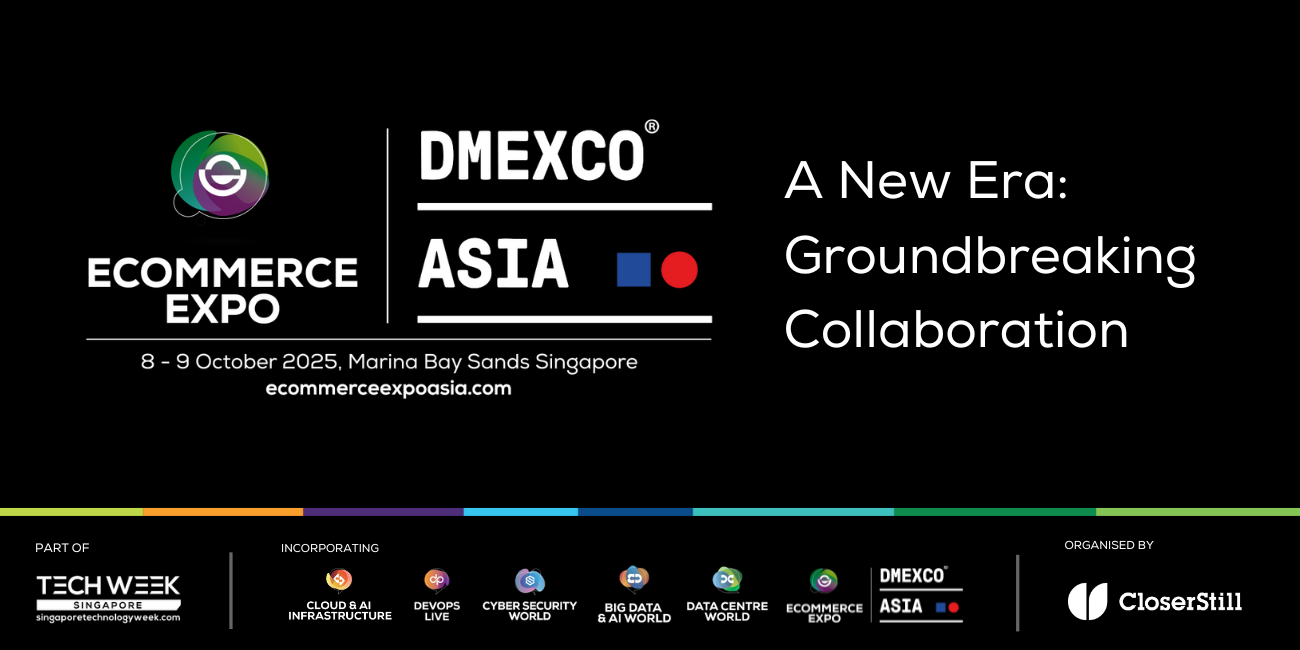How is eCommerce impacting inventory management?
)
Retail is an ever-moving landscape, and over the last decade, many retailers have changed the way they operate. For example, Bose decided to close all it's Brick & Mortar stores in Canada and focus solely on 3rd party retailers and their eCommerce platform. Other retailers, many of which started as eCommerce only, actually make a move to Brick & Mortar stores to provide their customers with an experience.
There is no best model, and each retailer has to find the model that fits them best. From inventory management (demand & supply planning) point-of-view, there are clear differences between running eCommerce, B&M solely or having a hybrid model in which you operate stores and run an eCommerce platform. There are even vast differences between selling via 3rd party retailers vs operating your stores in terms of inventory management. In this article, we will take you through some of the essential differences and things you have to consider in designing your demand & supply planning process.
DATA AVAILABILITY
When planning, useful data is crucial to create an accurate demand plan. When creating a forecast, insight on website traffic, POS data and feedback from customers are essential. When you operate an eCommerce platform, you have all data within arm's reach in near real-time. This data is much harder to acquire when running your stores, and even more difficult when you sell to third party retailers.
Not having POS data available, or available at a delay, means you can only forecast on whatever leaves your distribution center (DC). This data is never clean, as not each transfer to a store is sold to a customer. Nor does it give you insight on which sales are trending up or down, it will take time for this feedback to show in your data. Ensuring data availability, especially sales and demand data, is, therefore, the most crucial task you have when you are not only doing eCommerce. If you are doing eCommerce: use the data. Even website traffic can indicate an increase in in-store sales, so make sure to connect these dots.
CENTRALISED VS. DECENTRALISED PLANNING
Forecasting is a challenging task, and the margin of error is typically quite considerable. One of the three laws of forecasting prediction is that the aggregate forecast is always better. With better meaning more accurate. Look at it like this: if you’re forecasting the sales of a particular shoe of a specific colour and in a particular size and at a particular store, you’ll have a tough job to do. However, if you forecast the number of shoes that are sold over a year from that same store, you’ll probably get a lot closer to the actual number. Your margin of error will be substantially smaller.
This is an important consideration when designing a demand planning process. If you operate several stores and you operate a separate eCommerce channel, the SKU level forecast will be very sparse and erratic. If you decide to sum up these forecasts, you are stacking inaccurate estimates, leading to issues on any central distribution centers as well. In this case, it could be better to generate separate forecasts at your central level. They will be more reliable and ensure the right product availability in DC.
In this case, you could save a considerable amount of money by only operating an eCommerce platform and/or selling to third party retailers. You would only have to worry about one or two channels and most likely, no separate inventory is required. This reduces the inventory in your pipeline and allows you to minimise your working capital investments. If you do operate stores, your goal is to have a very reliable DC level forecast and inventory availability. This will be your primary buffer when stores are running low, a smart decision as upfront will help as it is impossible to know at which stores demand will spike.
SHIPPING/REPLENISHMENT
There are considerable differences in how you ship and handle your inventory when operating an eCommerce platform, your stores, or when only selling to third party retailers. In the traditional brick & mortar model, you would be responsible for replenishing your stores on typically a daily, bi-weekly or weekly basis. As you have full control of the stores, you can decide their constraints and inventory on the shelf. You can also have a big say in how much you’ll ship to a store, meaning you can optimise your logistical costs easily. You send the most optimal quantity (EOQ) by store; on top of that, you bundle shipments and ship them all to one address, decreasing transportation costs.
When running an eCommerce platform, you lose a lot of this optimisation as you’re now responsible for the last mile. Your customers will order in whatever quantity they need, and you are likely stuck in picking and shipping small quantities at a time. Customers also do not all live at the same address, complicating your shipping.
If you run an omnichannel business, you typically have to separate your inventories, as the picking and shipping requirements are so different. This affects the amount of inventory you need as you need to generate separate forecasts and keep separate safety stocks for each product/channel. The need for separate inventory is, however, not always there. It depends on how often you replenish your stores and what the volume of that replenishment is. If you ship boxes/cartons of product to your stores and to each of the customers of your eCommerce platform, you might have to separate inventory. If you ship to each of your stores, then there is no problem in keeping one inventory, reducing working capital investments tremendously.
This is a tricky balance, but an important decision to make. Keeping separate inventories is expensive, both from a quantity investment (two separate bins of safety stock) and space investment (extra warehouse storage space required). Best practice would be to unify the way you ship to stores and customers of your ecommerce platform to increase simplicity. However, depending on your business, it might not be the cheapest option.
STOCKING POLICIES
Where do you stock your product? It might sound like an easy question but becomes more complicated when you sell through multiple platforms. eCommerce allows for a very long longtail, you can carry many products, and as you have one point of sale, you can still achieve a reasonable volume without investing too much in inventory. A feature much harder to achieve when selling from physical stores.
In physical stores, you have to take into account space constraints; you can’t carry all models and sizes, so you have to make choices. You typically also don’t have unlimited money at your availability, thus the need to keep assortments at store level lean.
The best companies can achieve greatness through a combination of eCommerce and physical stores. If you stock your fast-moving products in a store and promise next day delivery for your slow-moving products, then your eCommerce and stores can enhance each other. Also, utilising valuable eCommerce data (e.g. customers viewing products) and linking it to your stocking policy at the store level can help you achieve the right assortment in the right location.
What item to stock and where is, in the end, a sales or product management decision. But a supply chain expert can quantify the impact in terms of risk vs potential profit. Always make sure you can provide your sales teams with alternatives such as fast shipping from your DC or other ways to get your product to customers in the best way possible. This might convince them that not everything has to be stocked at each location.


 Cloud & AI Infrastructure
Cloud & AI Infrastructure
.png) Dev Ops Live
Dev Ops Live

)
)
)
)
)
)
)
)
)
)
)
)
)
)
)
)

)
)
)
)
)
)
)
)
)
)
)
)
)
)
)
)
)
)
)
)
)
)
)
)
)
)
)
)
)
)
)
)
)
)
)
)
)
)
)
)
)
)
)
)
)
)
)
)
)
)
)
)
)
)
)
)
)
)
)
)
)
)
)
)
)
)
)
)

